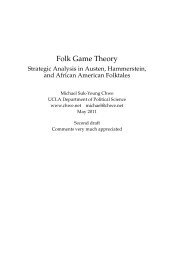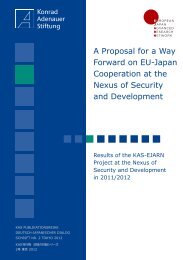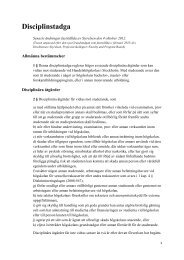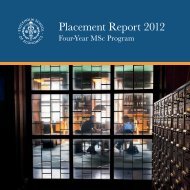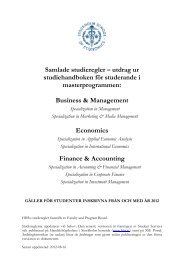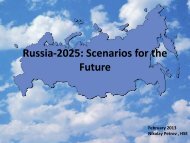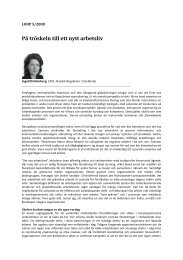Microfinance Banks and Household Access to Finance
Microfinance Banks and Household Access to Finance
Microfinance Banks and Household Access to Finance
- No tags were found...
You also want an ePaper? Increase the reach of your titles
YUMPU automatically turns print PDFs into web optimized ePapers that Google loves.
<strong>and</strong> Strøm (2010) examine data for 379 microfinance institutions from 74 countries over theperiod 2001-2008. They also find evidence for a mission drift: more profitable institutionsdisplay higher average loan sizes. Their findings suggest, however, that this mission drift maybe contained if commercial microfinance providers become more cost-efficient. Wecontribute <strong>to</strong> the above literature by providing household-level evidence (as opposed <strong>to</strong> banklevelevidence) on how commercial microfinance banks impact on access <strong>to</strong> finance.Moreover, in contrast <strong>to</strong> the existing literature on mission drift we study outreach in terms ofbank account use instead of loan take-up. Providing suitable financial products besides loanshas become an increasingly important aspect of the business of microfinance institutions buthas achieved less attention in the literature so far (World Bank, 2007; Berg, 2010). Finally,rather comparing the outreach of commercial microfinance banks <strong>to</strong> that of non-commercialmicrofinance institutions, we compare their outreach <strong>to</strong> that of ordinary retail banks. In ourview, especially in Emerging Europe where classic microfinance approaches such as groupbasedlending do not play an important role this is the relevant comparison for policy makersdeciding on whether <strong>to</strong> continue supporting commercial microfinance banks.The remainder of this paper is organized as follows. In section 2 we present a model ofhousehold deposit decisions <strong>and</strong> bank location decisions <strong>and</strong> derive hypotheses for ourempirical analysis. Section 3 describes our data. Section 4 presents the methodology <strong>and</strong>empirical results <strong>and</strong> section 5 concludes.2. Model <strong>and</strong> hypothesesIn this section we develop a simple model that illustrates how the presence of amicrofinance bank affects the number <strong>and</strong> type of households which use a bank account <strong>and</strong>how this impact depends on the presence of a retail bank. At the same time our model points<strong>to</strong> potential selection effects, i.e. the decision of a microfinance bank <strong>to</strong> open a branch in alocation will depend both on the characteristics of households in that area <strong>and</strong> the presence of5




